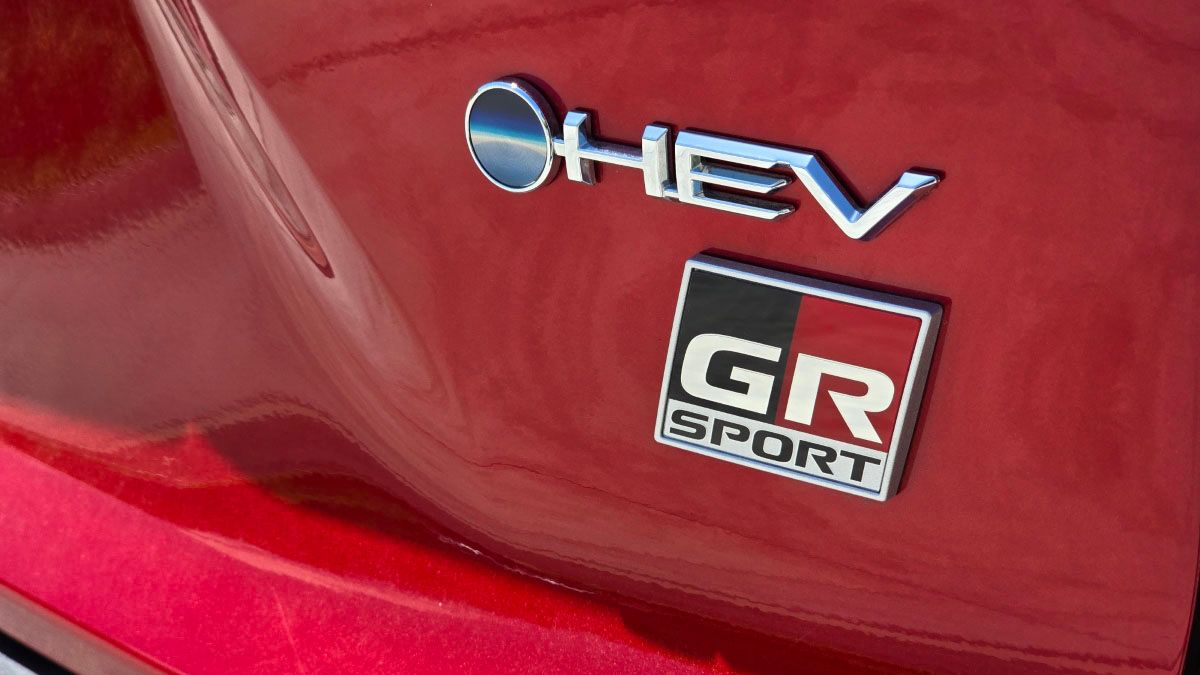
Some years back, majority of Toyota hybrid models had this badge at the back of the car called “Hhybrid Synergy Drive.” This badge signified that the engine powering the vehicle was a synergy of a gasoline and electric powertrain working to reduce the vehicle’s fuel consumption and emissions.
On modern Toyota hybrids, you will no longer see the Hybrid Synergy Drive logo. Instead, you will find a circle just before the words HEV. This circle is the Toyota Beyond Zero logo.
“Beyond Zero” doesn’t just mean zero or reduced emissions. Rather, it signifies that the vehicle is part of Toyota's integrated approach to sustainability, going beyond simply reducing emissions to actively contribute to society at every step of a vehicle’s life.
Toyota took the time to explain what this corporate movement means at a presentation that highlighted its multi-faceted approach, focusing on its three key pillars of ‘Electrification,’ ‘Diversification,’ and ‘Intelligence.’
Toyota’s mobility approach
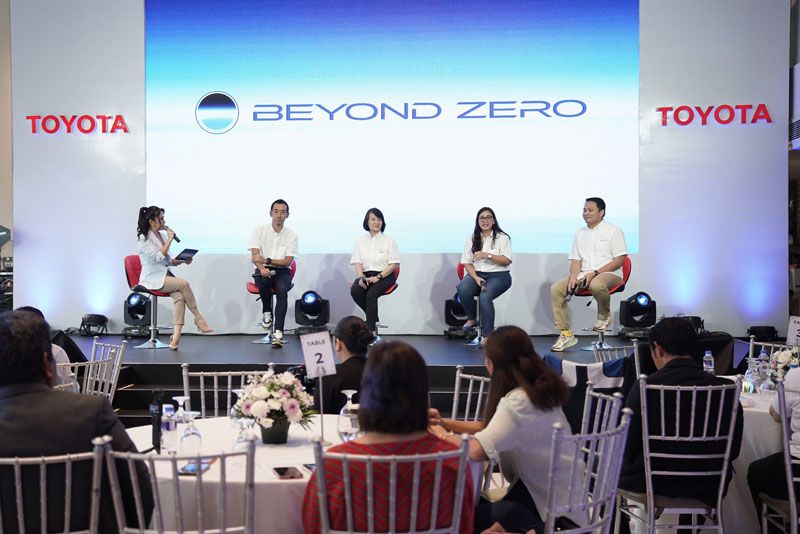
While fully electric vehicles have seen a meteoric rise in the past couple of years, more recently, their popularity has been waning as many more consumers become aware of the downsides of owning an electric vehicle, the carbon footprint it creates during manufacture, and their feasibility for the long term.
Unlike most automakers, Toyota did not put all their bets on the EV basket and opted for a multi-pathway (more than one technology) approach to mass and accessible vehicle electrification, recognizing that different regions and customers have unique needs.
Electrification
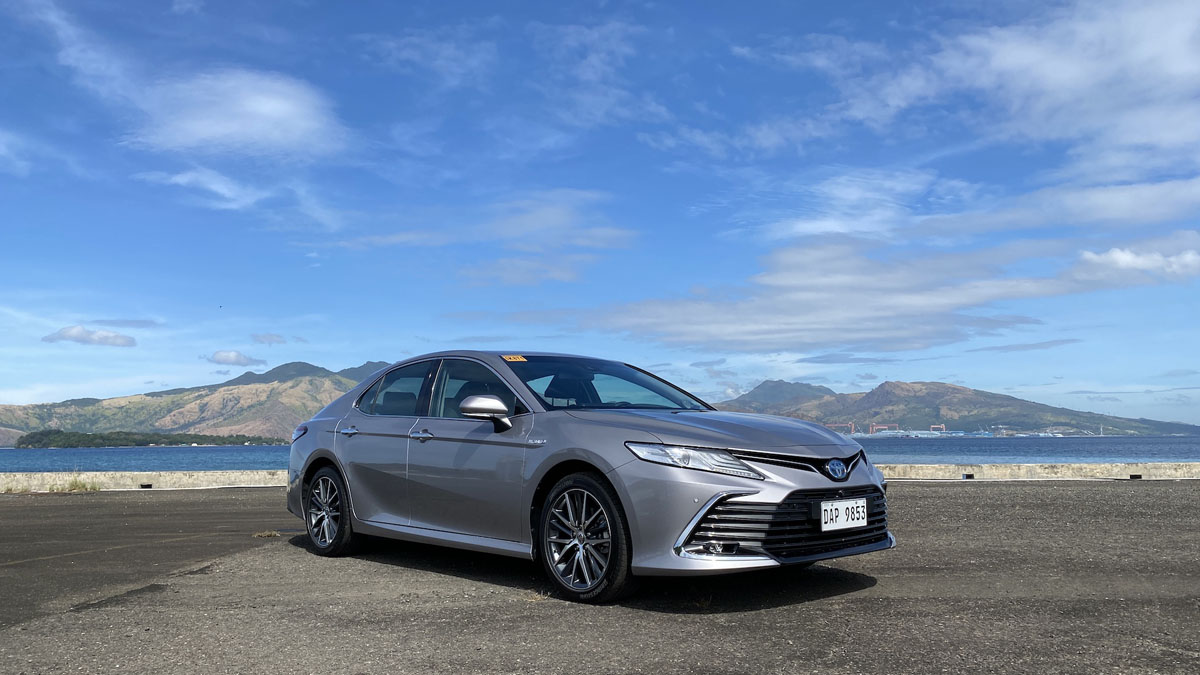
Toyota believes that there may not be one silver bullet solution solving the emissions of internal combustion engines. Rather, there might be a need for various solutions depending on the country. As such, Toyota has put extensive resources into the research and development of a diverse range of electrified vehicles (xEVs), including Hybrid Electric Vehicles (HEV), Plug-in Hybrid Electric Vehicles (PHEV), Battery Electric Vehicles (BEV), Fuel-Cell Electric Vehicles (FCEV), and even Internal Combustion Engine Vehicle (ICEV) that are powered by carbon-neutral fuels and Hydrogen (H2).
Each of these are unique ways to both propel a vehicle and power its onboard systems apart from the current gasoline-fed internal combustion engine. This multi-pathway approach ensures that Toyota fully explores alternatives to BEVs that may be more feasible to certain countries based on their energy infrastructure.
A hydrogen future?
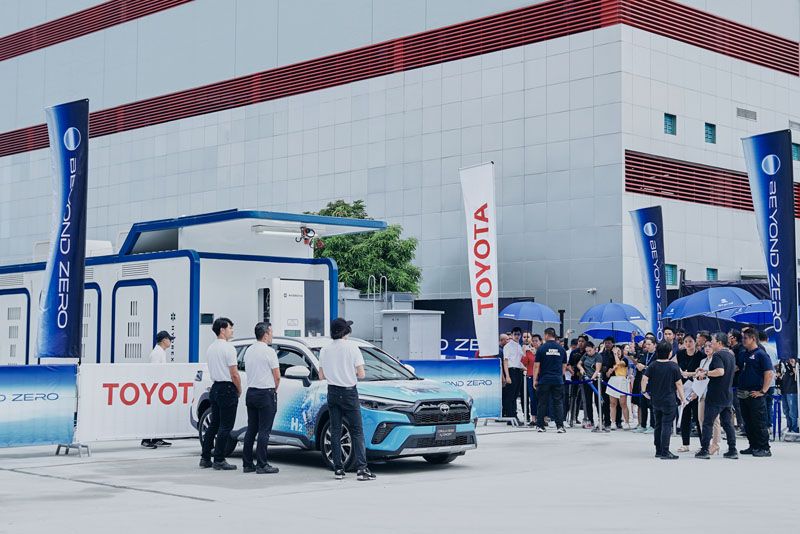
For example, in countries such as the Philippines, were charging stations are not as widespread, one possible solution is H2 technology. Toyota presented what such an H2-powered future could be like with its Toyota Corolla Cross H2 Concept, a prototype vehicle powered by a Hydrogen-fueled Internal Combustion Engine. Media participants were given an exclusive ride experience in the Corolla Cross H2 Concept by the Toyota GAZOO Racing (TGR) company from Japan and witnessed a demonstration of H2 gas fueling infrastructure imported from Malaysia.
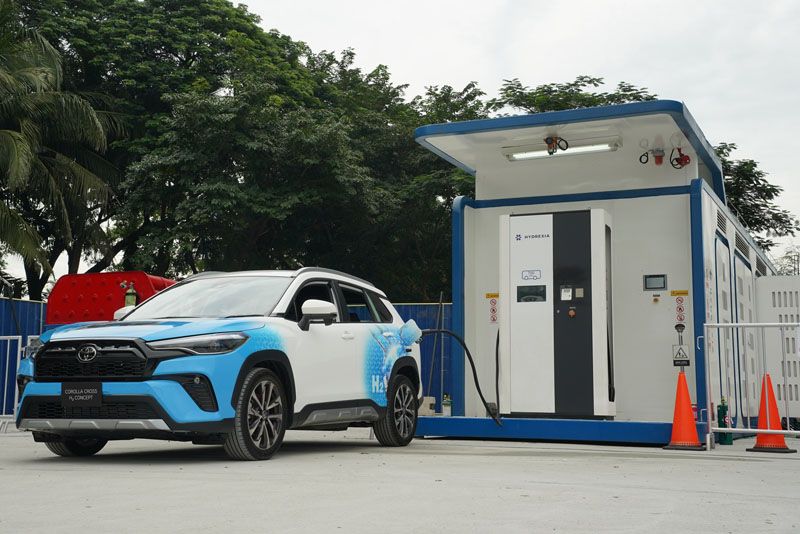
Like a conventional ICE vehicle, an ICE burns hydrogen instead of gasoline. The only emissions are water vapor. Granted the vehicle’s engine and tank must be modified to contain and burn hydrogen. Our energy logistics as well, have to be modified to store hydrogen, however, it can make use of our current fossil fuel infrastructure.
Self-reliance

Another part of Toyota’s presentation is the importance of exploring various energy resources that would complement the powertrain technologies to ensure energy self-reliance and security, particularly in Asia.
Toyota Motor Philippines, in particular, is walking the talk when it comes to energy self-reliance. Its Santa Rosa manufacturing facility only relies on the conventional grid for a small fraction of its energy needs. Its extensive investment in solar panels now accounts for a large portion of its energy usage. The remaining is provided by a renewable energy provider.
Life cycle action
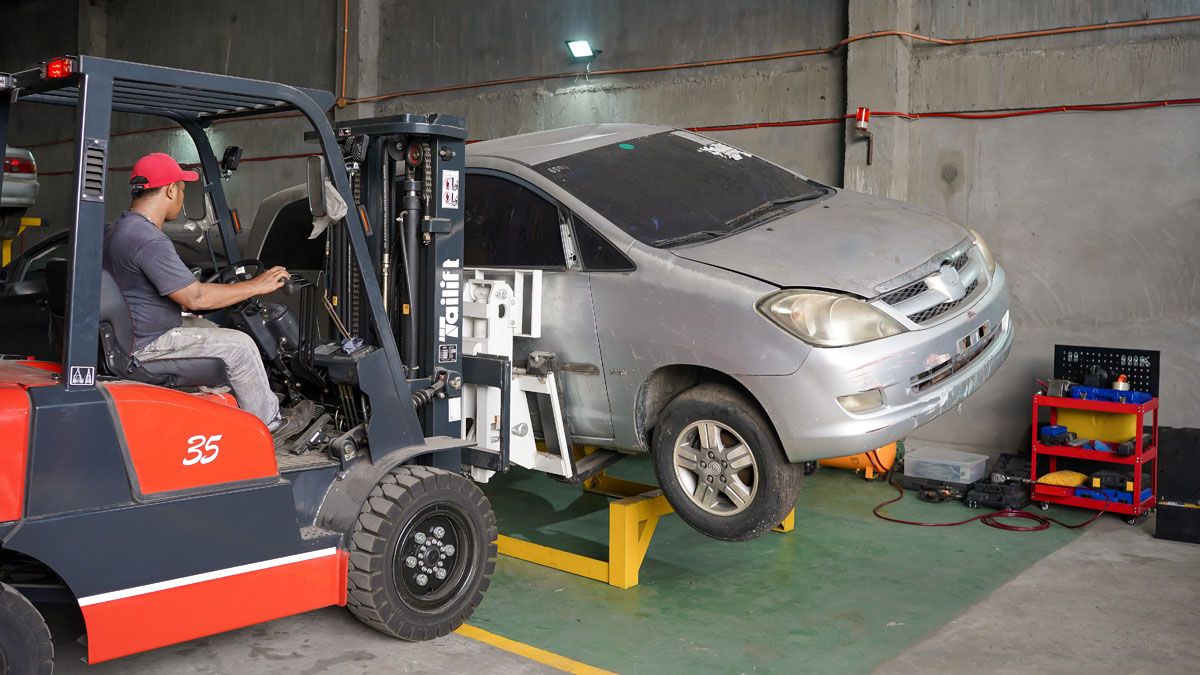
Perhaps one of the least considered aspects of mobility is a vehicle’s life cycle. Many automakers are simply concerned with selling consumers a car and care little about it after the warranty has ended. Toyota, by contrast, has its own Life Cycle Action initiatives, promoting End-of-Life Vehicle (ELV) management. Toyota believes in promoting responsible vehicle dismantling and battery recycling systems to minimize waste and maximize resource recovery.
Toyota has recently endorsed En Tsumugi ELV Dismantler Corporation as a model End-of-Life Vehicle (ELV) dismantling facility, the first of its kind in the country, located in Mexico, Pampanga. This facility addresses pollution and resource depletion by promoting proper dismantling and recycling practices, which also contributes to reducing greenhouse gas emissions.

Iterating its unique approach sustainability underscored by Beyond Zero, TMP said its commitment to sustainability isn’t simply about reducing a vehicle’s carbon footprint during manufacture and use. It extends to the entire vehicle lifecycle. That explains why the new beyond Zero logo on vehicles is a simply circle: because what’s put into a vehicle’s creation and use eventually goes back to us. If we’re as conscientious about its effects during its creation, use, and dismantling, then we can be assured that our link to mobility is as sustainable as it can be.